Families everywhere want to lower their bills but still stay cozy in every season. What many don’t know is that small changes, like putting in good insulation or using a smart heater, can help them get energy rebates and keep more money in their pockets. Below, we’ll discuss how these rebate programs work, which home changes can help you qualify, and how learning the rules can turn small upgrades into big savings for your family’s home.
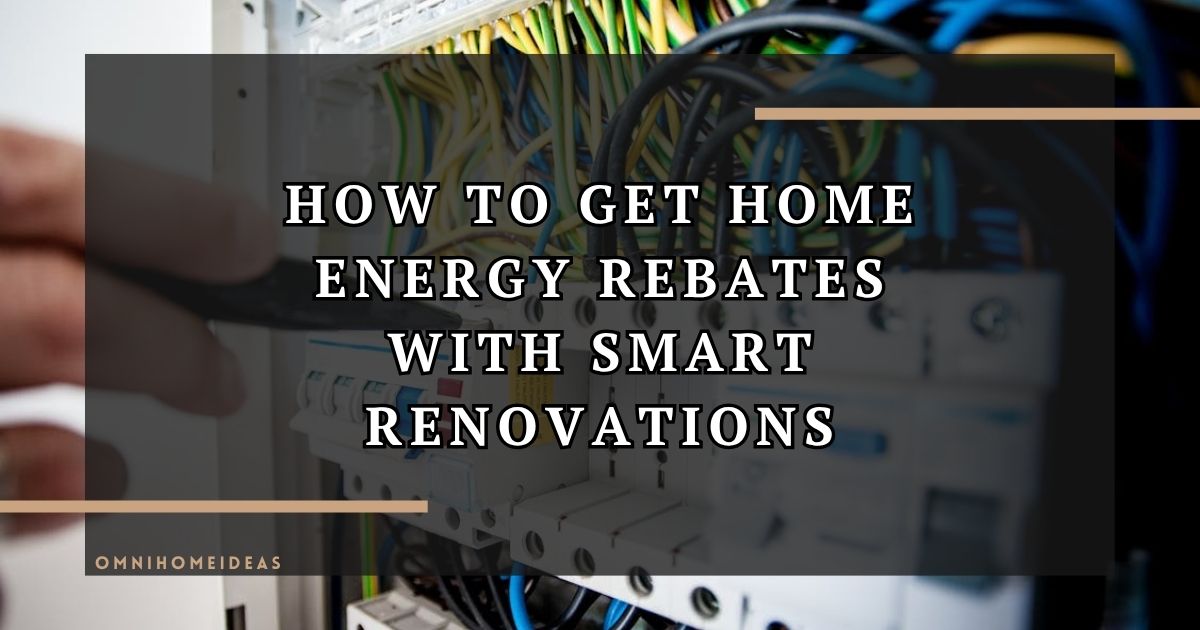
Understanding Home Energy Rebates
Energy rebates are special rewards that help households save cash when they make their homes consume less power. They come from the government or power companies that encourage people to cut energy waste, much like how an energy tax credit provides money back for intelligent home updates.
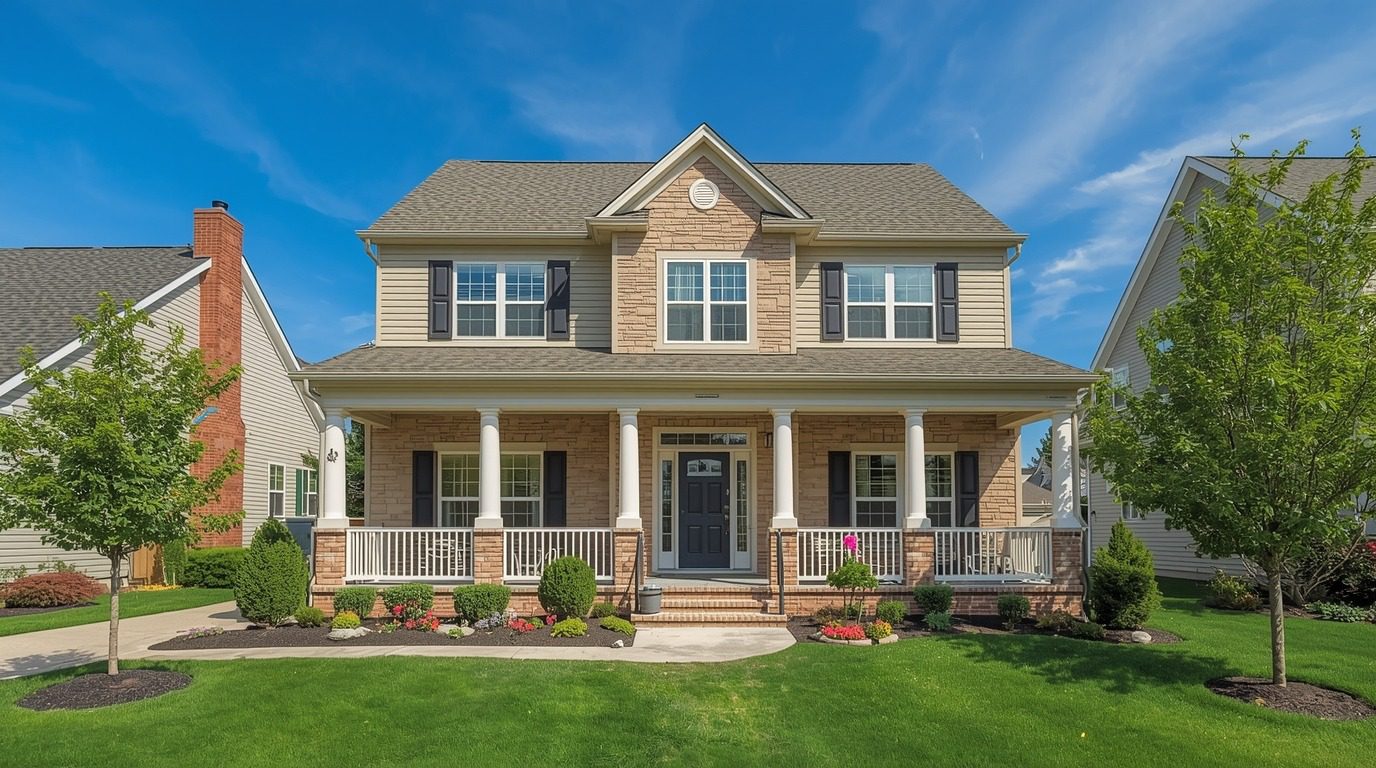
These rebates can pay toward various things, like ceiling insulation or new low-energy appliances. Each system has separate requirements, but most aim at helping people decrease heating and cooling bills through real changes that make homes more efficient and pleasant.
However, not every project will qualify. Many programs ask for proof that the job was done by professionals, receipts for what you bought, and papers showing your home meets the program’s rules. Forgetting these steps could mean losing your rebate money.
Insulation: The Foundation of Energy Efficiency

Insulation plays a bigger role in your home’s efficiency than most homeowners understand. It serves as a shield, maintaining temperature where it belongs, indoors during winter and outdoors during summer. Without it, heating and cooling systems struggle, leading to higher energy costs.
By protecting attics, walls, and foundation areas, it prevents air movement that forces your HVAC system to operate harder. Over time, these minor energy escapes accumulate, converting comfort into wasteful spending that could readily be prevented with assistance from smart appliances that improve modern living.
Yet not all insulation delivers identical results. Materials like fiberglass, spray foam, or cellulose each fulfill distinct functions based on regional climate and home construction. Selecting the proper material and density guarantees enduring performance and assists your property in meeting rebate qualification requirements for energy saving.
Smart Renovations That Boost Eligibility
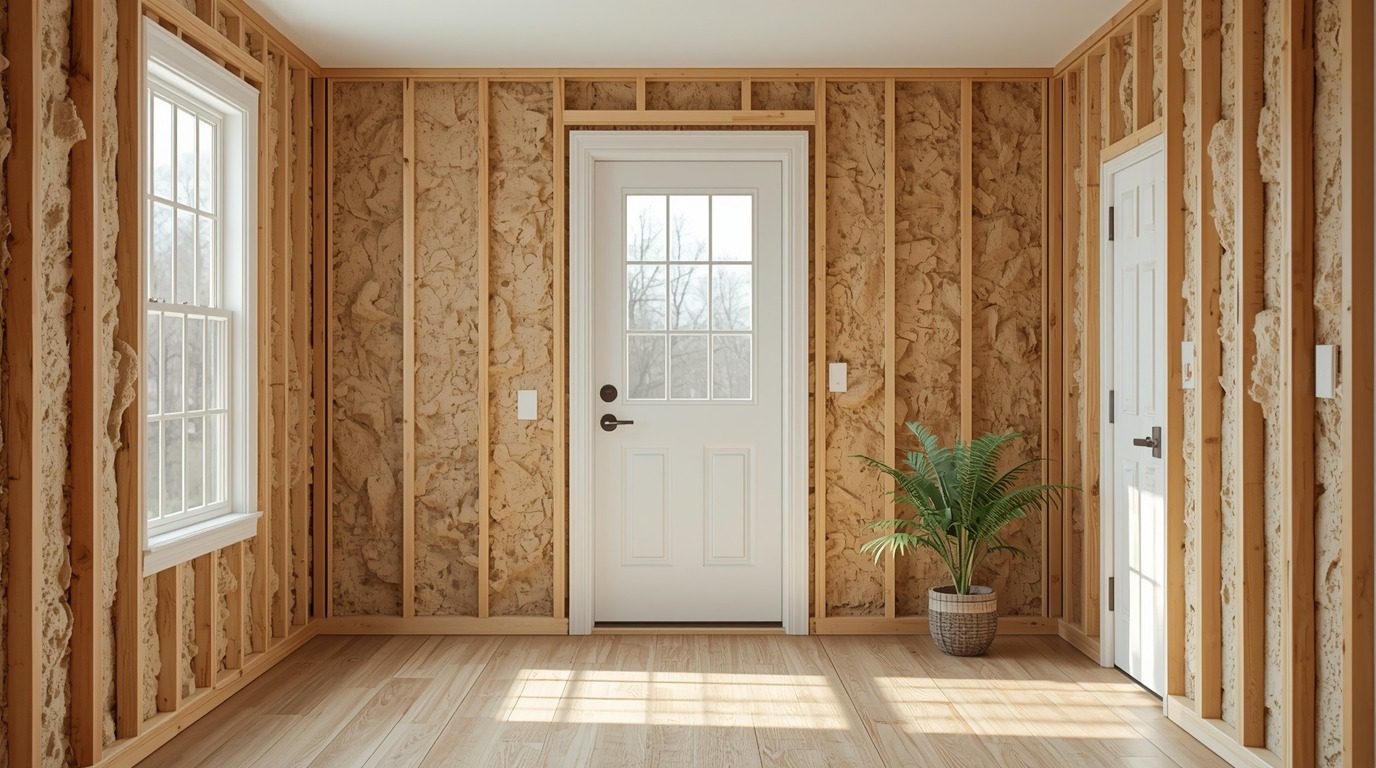
Strong insulation gives your home a strong start on power savings, but true efficiency comes from mixing it with smart home upgrades. These improvements not only make comfort and durability better but also raise your chances for rebate programs built to reward earth-friendly home changes.
One of the best upgrades is switching out old windows and doors with energy-efficient models. They stop heat from getting out and hold cool air inside during hot months. While it looks small, this change cuts down drafts and keeps indoor temperatures steady.
Moving to Energy Star-rated appliances and HVAC systems is another wise choice. These models run on less power without losing strength, cutting both utility bills and future fix-up costs, especially when joined with energy-efficient appliances made for today’s homes.
Financing Options to Support Energy-Efficient Renovations

Some homeowners fear that energy-saving upgrades are too expensive, but they don’t need to be. There are lots of payment ways that make improvements easier to afford. With these options, families can lower energy use, get rebates, and have smaller bills over time.
A popular choice is an energy efficiency loan. These loans are offered by state programs and community banks. They usually have low interest rates and easy payment schedules that match rebate programs, helping families pay for upgrades step by step.
Many states also offer Property Assessed Clean Energy (PACE) financing. This program connects repayment to a homeowner’s property tax bill rather than personal credit, spreading costs over several years and making larger projects like insulation or window replacements far more manageable.
However, requirements can vary depending on the state or utility company. Homeowners should always review local guidelines before starting upgrades. Meeting these standards not only increases your chance to qualify for rebates but also guarantees lasting energy efficiency throughout your home.
Common Mistakes That Disqualify Homeowners from Rebates
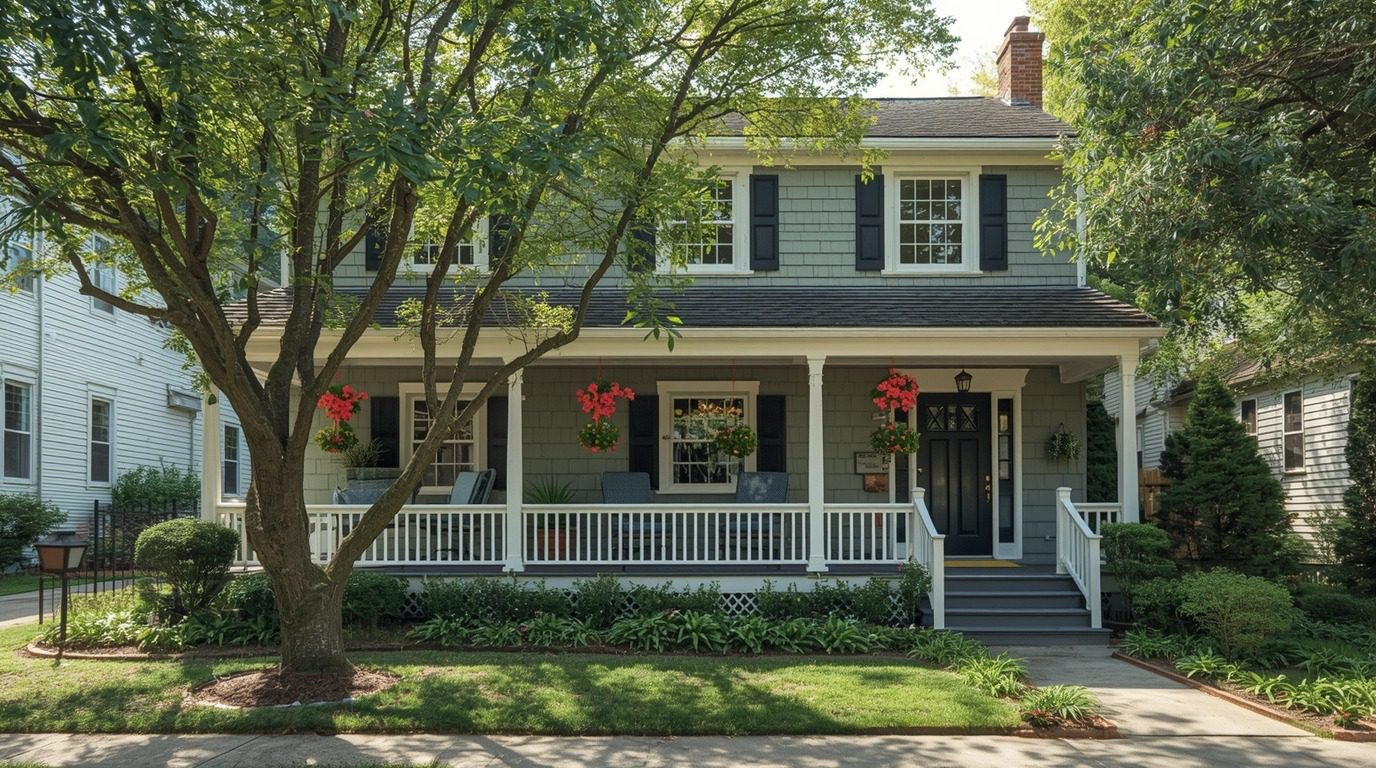
Even when homeowners plan their upgrades with care, a few small oversights can destroy rebate eligibility. Lost paperwork, skipping inspections, or buying wrong materials are normal mistakes that can change an approved project into one that no longer gets money back from programs.
Another frequent problem is hiring unlicensed or uncertified workers. Most rebate programs need professional setup to make sure everything is safe and works right. But picking cheaper, unproven workers can quickly cancel rebate eligibility and lower the total quality of the upgrades done.
Homeowners also overlook timing, which can quietly remove an otherwise good project. Many rebate programs need applications sent within a tight window after finishing work, often 30 to 90 days. Sending forms late or missing an inspection time can cause quick rejection, even when all upgrades meet the technical rules.
Using materials that fail to meet program standards is another costly error. Products without ENERGY STAR certification or proper ratings may look efficient but fall short of requirements. Taking time to confirm every material, installer, and form meets the program’s checklist prevents delays and lost rebate opportunities.
How to Apply for Rebates Without the Hassle
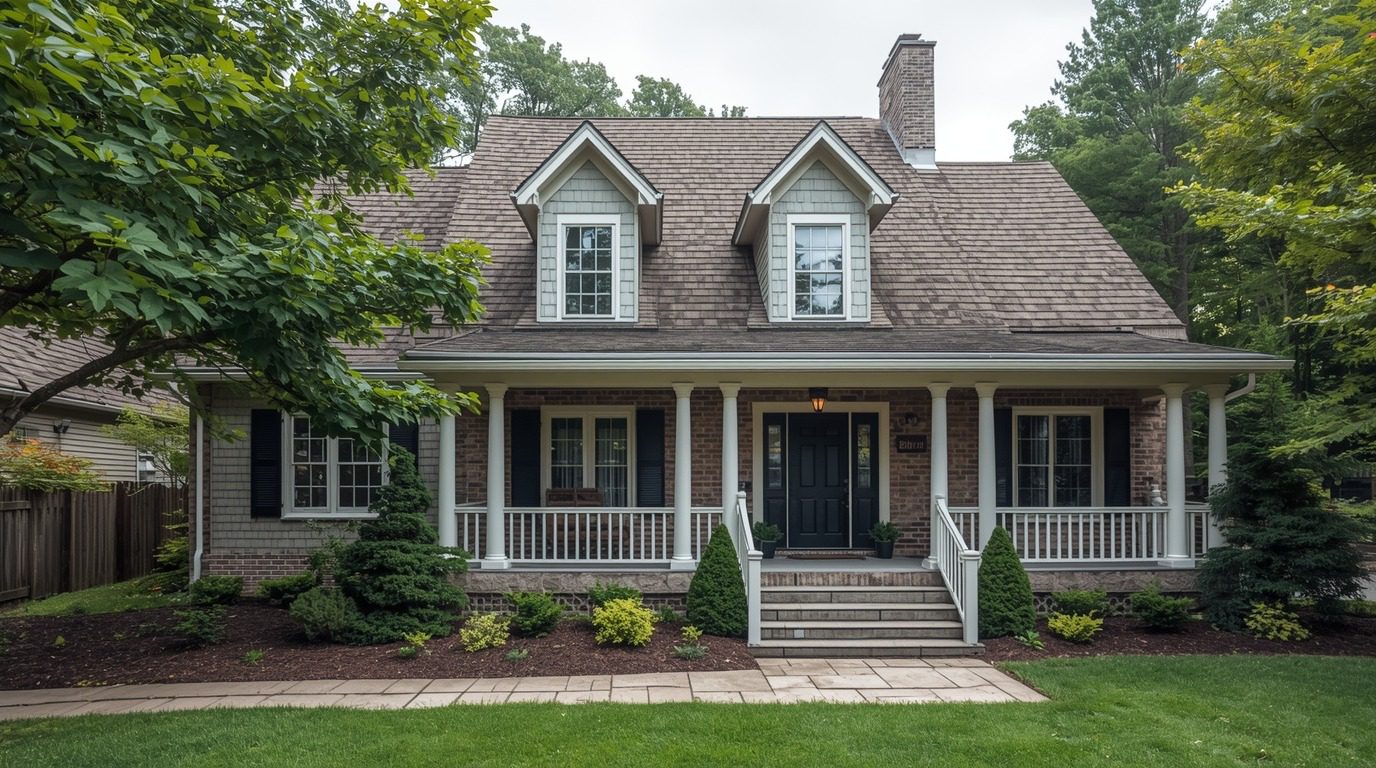
After understanding which mistakes can block rebate approval, homeowners often wonder how to complete the process smoothly. Applying for rebates doesn’t have to be completed when you know the right steps and stay organized from the very beginning of your project, much like following top home design trends that simplify and modernize home improvement planning.
First, get a professional energy checkup for your home. This inspection shows which upgrades qualify for rebates and gives you a report to use as proof later. Most programs need this check before you start, so doing it early helps avoid problems and delays.
Next, save all your records throughout the project period. Put receipts, products stickers, and professional documents in one safe file. Don’t leave reading the rules until the last minute, because forgetting details like equipment model codes can bring approval delays.
When the upgrades are done, file your rebate request through the internet or regular mail. Follow each instruction exactly how your program describes. Approvals commonly need a few weeks, but replying to any questions fast helps you get your refund quicker and keeps everything running easier.
Endnote
Smart renovations, proper planning, and solid money all work together to help homeowners qualify for energy rebates. When each part is done correctly, the result is not just a house that uses less power but one that also costs less to run year after year.
Home built using energy-smart decisions also keep their comfort levels, lower monthly bills, and often go up in selling price. By following clear rebate rules and working with good professionals, house owners turn regular upgrades into long-term money savings that keep giving back with every season.

